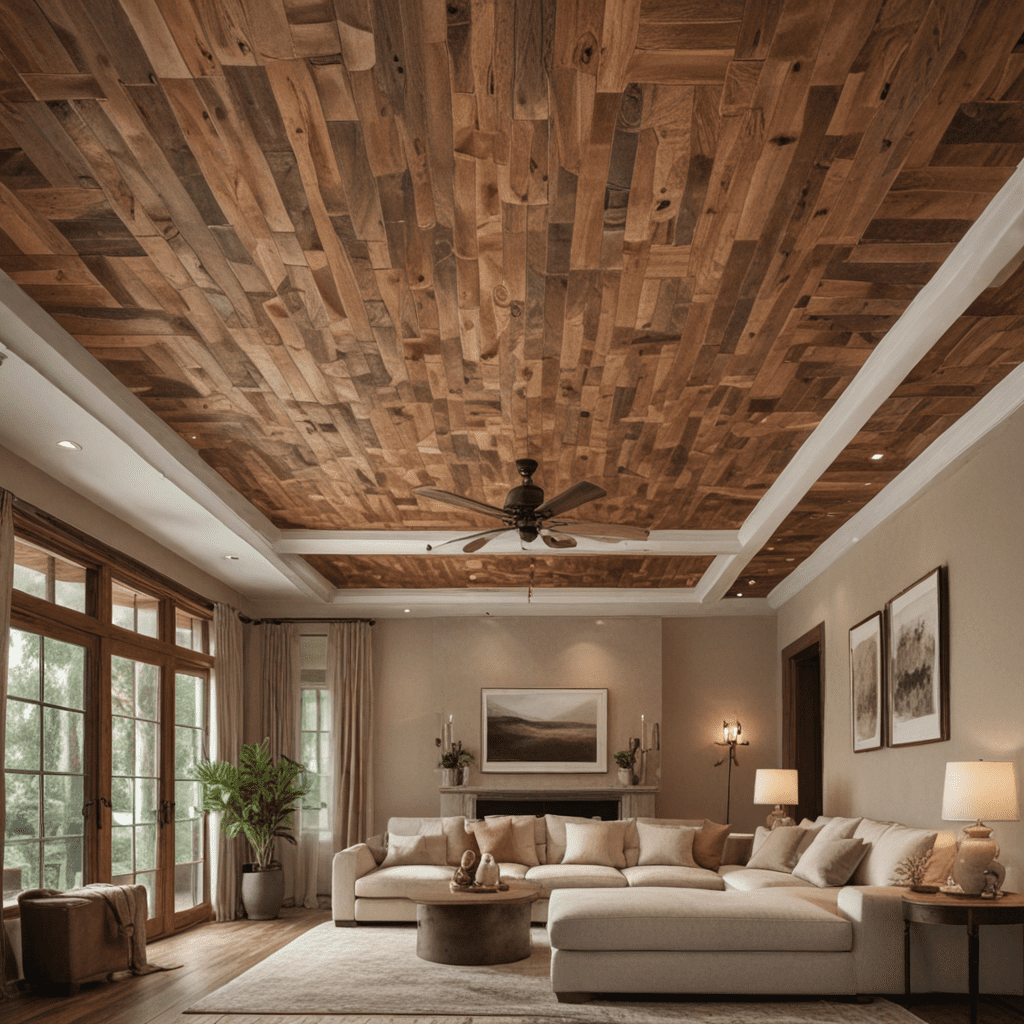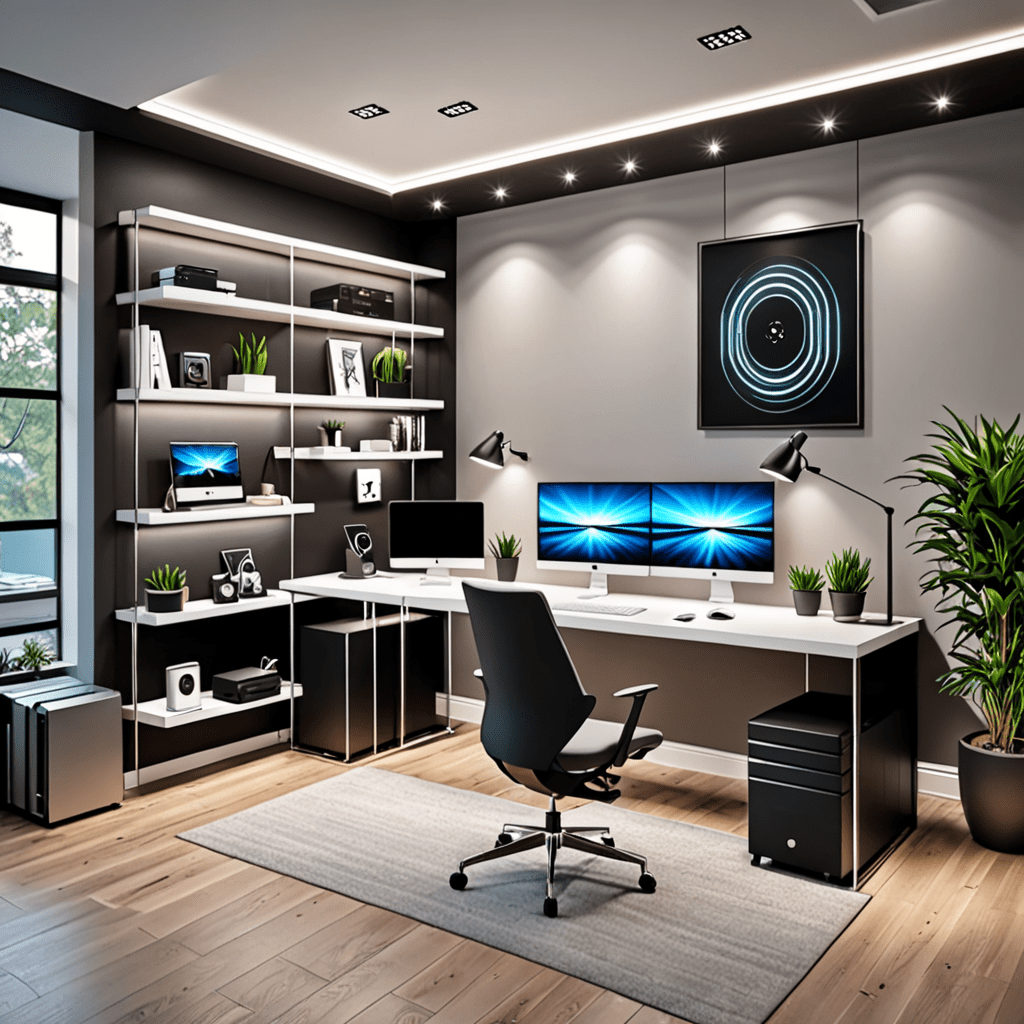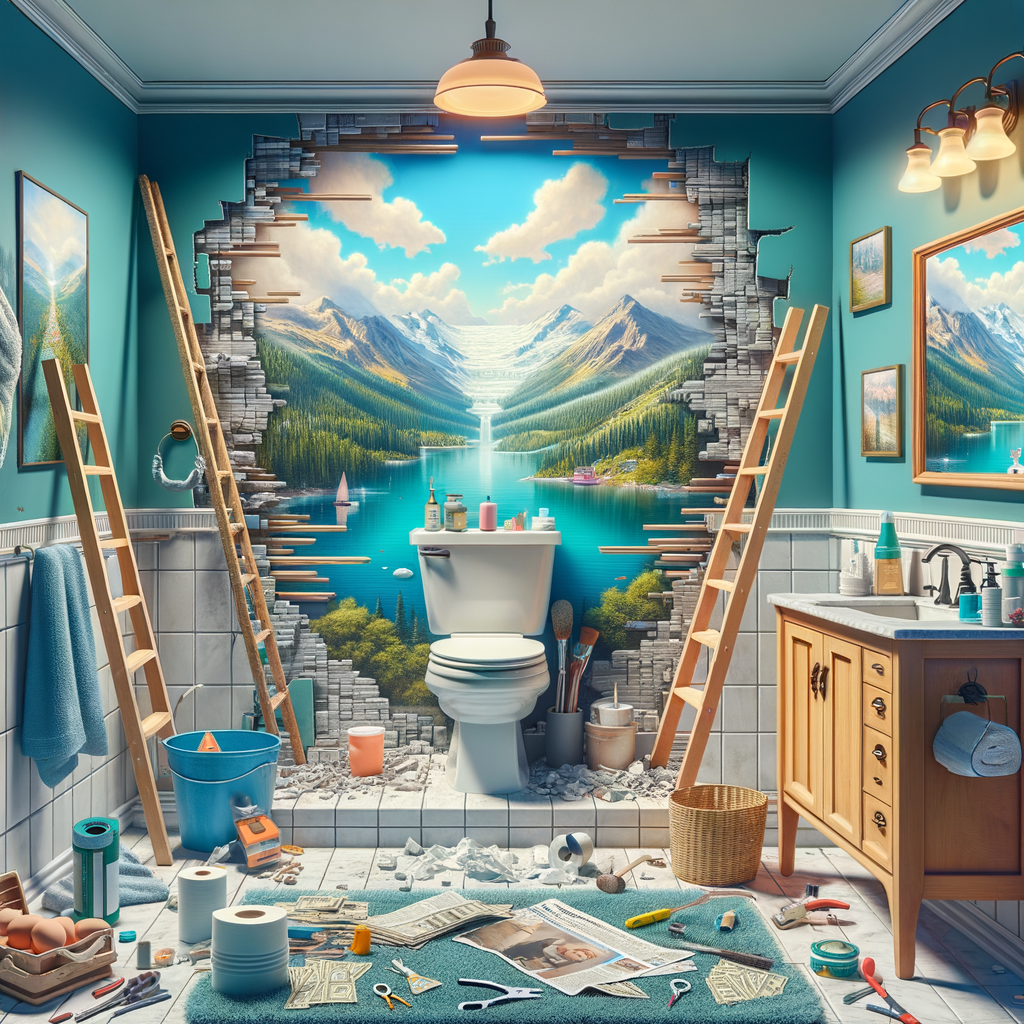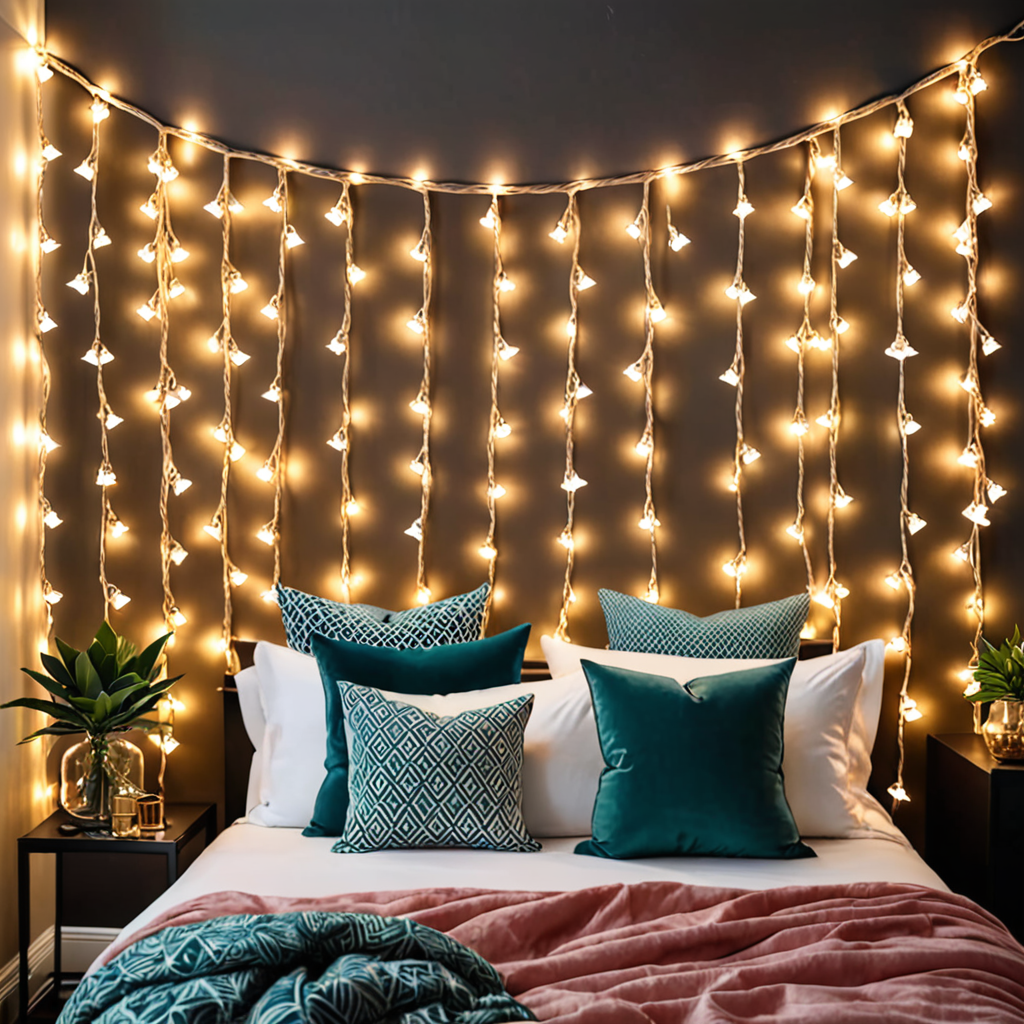The Influence of Art in Design
The Influence of Art in Design
Art has a profound influence on interior design, transforming a plain space into a visually stunning and emotionally appealing living area. Incorporating art and decor into your home allows you to express your unique personality and create a space that truly reflects your style and taste. In this article, we will explore the key elements of interior design, offer practical tips for choosing furniture, and discuss how art and decor can enhance the ambiance of a room.
Key Elements
When it comes to interior design, several key elements contribute to creating a cohesive and visually pleasing space. These elements include color palettes, furniture arrangement, lighting, and accessories.
Color Palette
Choosing the right color palette is essential for setting the mood and ambiance of a room. Warm colors like red, orange, and yellow create a cozy and inviting atmosphere, while cool colors like blue and green promote a sense of calm and relaxation. Neutral colors such as beige, gray, and white provide a timeless and versatile backdrop that allows other elements in the room to shine.
Furniture Arrangement
Proper furniture arrangement is crucial for creating a functional and visually appealing space. Consider the size and shape of the room, as well as the purpose of the space, when arranging furniture. To maximize space, opt for multifunctional furniture pieces that offer storage solutions. Additionally, ensure that there is enough room for easy movement and traffic flow.
Lighting
Lighting plays a significant role in interior design, as it not only illuminates the space but also enhances its overall aesthetic appeal. Natural light creates a warm and inviting atmosphere, so maximize the use of windows and skylights whenever possible. Additionally, incorporating a mix of ambient, task, and accent lighting can help create a layered and dynamic lighting scheme.
Accessories
Accessories are the finishing touches that tie the entire room together. Consider incorporating items like throw pillows, rugs, curtains, and artwork to add depth, texture, and visual interest. Accessories also offer an opportunity to showcase your personal style and infuse the room with your unique taste.
Tips for Choosing Furniture
Selecting the right furniture is essential for creating a harmonious and functional living space. Here are some practical tips to keep in mind when choosing furniture:
- Consider the size of the room: Measure your space before purchasing furniture to ensure a proper fit. Oversized furniture can make a small room feel cramped, while undersized furniture can make a large room feel empty.
Determine the style: Choose furniture that complements the overall style of your home. Whether you prefer modern, traditional, or eclectic design, select furniture pieces that reflect your desired aesthetic.
Prioritize comfort and functionality: While style is important, don’t overlook comfort and functionality. Opt for furniture that meets your needs and lifestyle, such as a comfortable sofa for lounging or a dining table that can accommodate your family and guests.
Mix and match: Don’t be afraid to mix and match different furniture styles or materials. Combining contrasting elements can create visual interest and add personality to your space.
Consider durability: Invest in durable and high-quality furniture that will stand the test of time. Quality pieces may require a higher upfront cost but can save you money in the long run.
Incorporating Art and Decor
Art and decor play a crucial role in enhancing the ambiance and adding a personal touch to any room. Here are some ideas for incorporating art and decor into your interior design:
- Choose artwork that resonates with you: Select artwork that speaks to you on a personal level. Whether it’s a vibrant painting, a captivating photograph, or a sculptural piece, choose artwork that evokes emotion and reflects your individual taste.
Consider the scale and placement: When hanging art, consider the scale of the wall and the size of the artwork. Larger pieces serve as focal points, while smaller pieces can be grouped together to create a gallery wall. Experiment with different arrangements to find the perfect balance.
Mix and match textures and materials: Introduce texture and visual interest by incorporating various materials and textures into your decor. Mix smooth surfaces with rough textures, and combine natural materials like wood and stone with man-made elements.
Use decor to tell a story: Decorative items such as vases, sculptures, and books can serve as conversation starters and tell a story about your interests and experiences. Display these items strategically to create a curated look that reflects your personality.
Don’t forget about the power of plants: Indoor plants add color, texture, and a sense of freshness to any room. Consider incorporating plants of different sizes and varieties to create a natural and inviting atmosphere.
In conclusion, interior design is more than just arranging furniture and choosing color palettes. By incorporating art and decor, you can transform your living space into a personalized sanctuary that reflects your style and taste. Stay true to your vision, experiment with different elements, and let your creativity shine through. Remember, the most important aspect of interior design is creating a space that brings you joy and comfort.





